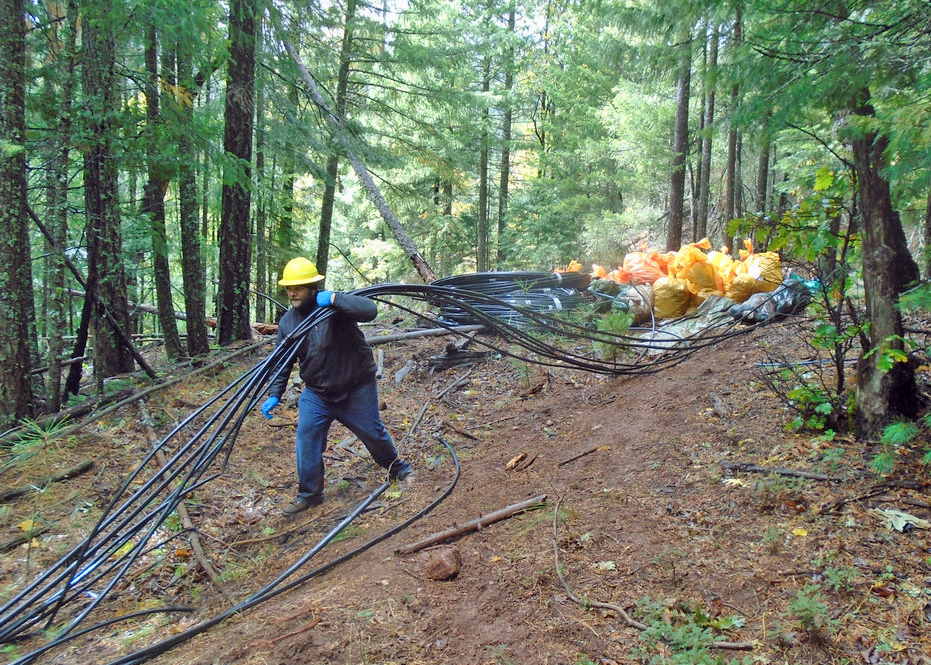Publication

Summary
In the face of a booming crop, agriculture often expands into forests, displacing and polluting habitat. Most often, the result is irreversible biodiversity decline. Effective policy can mitigate negative impacts but only if we understand changes in the landscape wrought by agricultural expansion during its early growth. Land use patterns can differ by crop, place, and practices. Therefore methods matter because results from other regions may not apply. Methods for early, rapid assessment can leverage geospatial data, remote sensing, and landscape metrics to understand trends across multiple spatial scales for a given region and time period. By analyzing change per unit area, effects can be compared with established benchmarks. We apply this approach to study forest fragmentation in Humboldt County, California, during a period of booming cannabis production between 2000 and 2013. Our study compares the effects of cannabis agriculture to those of timber harvest.
Our results show that timber harvesting has greater impacts on the landscape overall. The expansion of cannabis agriculture, however, has led to far greater changes in key landscape metrics on a per-unit-area basis. Thus, despite the relatively small footprint of individual cannabis farms, its growth creates substantial threats to the environment. Future research, land management, and agricultural policy must account for these threats and encourage change in spatial patterns of cannabis agriculture.
